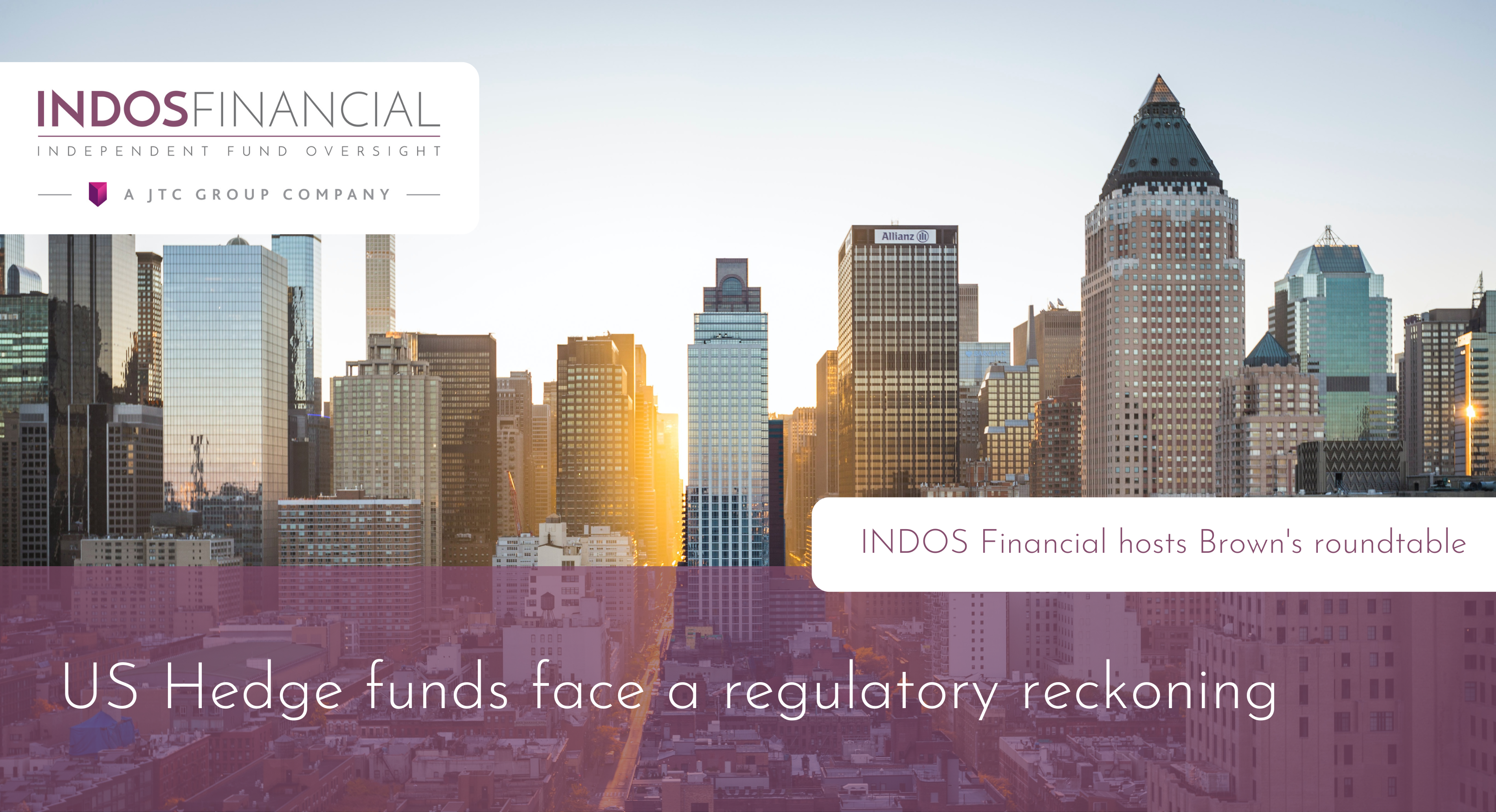With the increasing focus on environment, social and governance (ESG) factors within the investment industry, many managers are assessing how they can become Carbon Neutral within their organisations. In 2019, INDOS Financial went through this exercise and became a carbon neutral organisation. In this week’s blog, we provide a high-level summary of the steps that firms need to take.
What becoming Carbon Neutral means
Becoming carbon neutral requires the measurement of an organisation’s carbon footprint through the direct and indirect emissions of greenhouse gasses and taking action to offset and reduce those emissions. Offsetting involves removing the equivalent amount of carbon from the air from sequestering or preventing that emission from another place such as providing more efficient cook stoves in developing countries.
Step One: Decide on your carbon footprint certifier
The carbon footprint certifier will audit the information you provide and will also generally offer offsetting services. For financial services firms it will depend on what parts of the company you want to offset, this is either the company’s operations or the portfolio or both. Many investors now like to see their fund manager itself as carbon neutral and it shows commitment beyond a paper policy.
Step Two: Measure your greenhouse gas impact
Your greenhouse gas impact is split into ‘Scopes 1, 2 & 3’. Scope 1 is a company’s direct emission into the atmosphere, think of an iron smelter or a factory emitting Sulphur dioxide. Scope 1 is therefore not relevant for most financial service companies. Scope 2 covers indirect emissions from a company’s use of electricity, and Scope 3 relates to work related travel.
Information needs to be collected for each Scope category. This includes utility bills, receipts for travel and expense claims for vehicle use. You should make reasonable assumptions for what cannot be easily accounted for.
Step Three: Subject the data to audit / review
Having collected the information the verification partner will audit the data and assumptions, a process which takes about a month, coming back with queries. These queries will generally focus on where the information was sourced from, such as utility bills and flight receipts, as well as more technical questions if travel includes private jets and so on.
Step Four: Offset your emissions
With the audit complete the final step is to offset the emissions using a Gold Standard carbon credit so that you are assured they are not being resold. Many firms will offset slightly more than they have measured, this is because there will likely be more indirect emissions from how their water and waste is processed.
Step Five: Obtain your certificate and continue work to reduce carbon footprint
Once you have offset your emissions the company is carbon neutral for 12 months. Over the next year, the company should work to further reduce their carbon footprint for example, through switching energy suppliers and increasing video conferencing to avoid travel etc.




